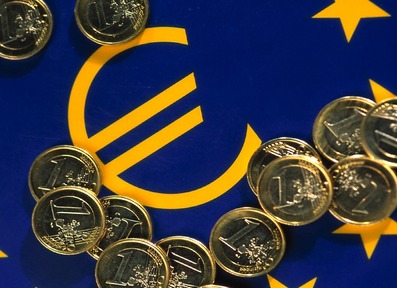Despite 26 million workers being trapped in unemployment across the European Union, member states have not yet shifted the burden of taxation away from workers and employment. Tax on labour remains the largest source of revenue in the 28-member bloc, with more than half of all revenues coming from tax on work.
Statistics published yesterday by Eurostat, the EU’s own statistics agency, show that tax on labour now consumes on average 39.4 per cent of GDP. The tax burden among the countries using the euro currency is even higher, at 40.4 per cent.
Denmark, with a tax-to-GDP ratio of 48.1 per cent, is the mostly highly taxed state in the EU, followed by Belgium (45.5) and France (45.0).
Tax-to-GDP ratio means the sum of taxes and compulsory social contributions as a percentage of all goods and services produced in a country in one year.
Comparison with other advanced economies shows how heavily-taxed labour is in the EU, leaving the economies of the member states burdened with levels that are uncompetitive in global terms. The most recent statistics from the OECD, the club of rich countries, show Canada at a tax to GDP ratio of 30.7, the United States 24.3, Switzerland 28.2, and Japan at 28.6.
Only the most lightly-taxed of EU member states have similar tax-to-GDP ratios. Lithuania is the most lightly-taxed with a ratio of 27.2 per cent, followed by Bulgaria and Latvia (both at 27.9) and Romania and Slovakia (both 28.3).
The United Kingdom’s tax burden has fallen from 35.8 per cent to 35.4 per cent, the second largest fall next to Portugal, at 32.4 from 33.2 per cent.

COMMENTS
Please let us know if you're having issues with commenting.